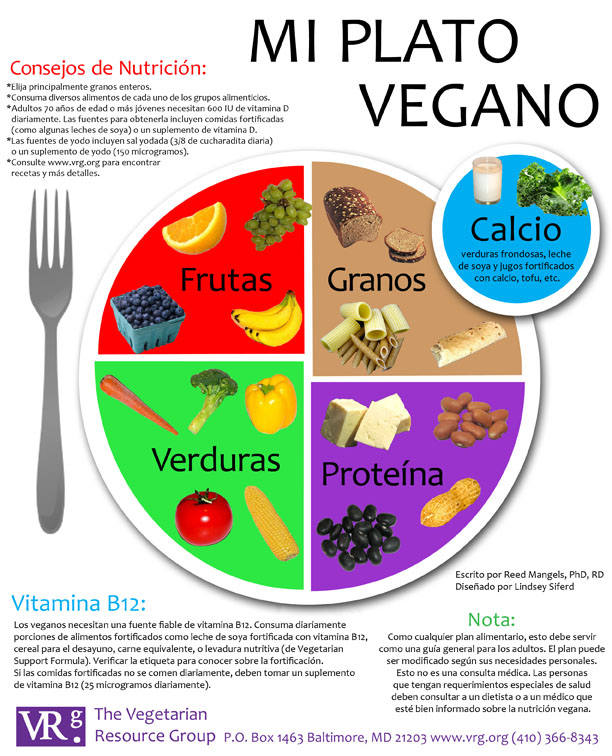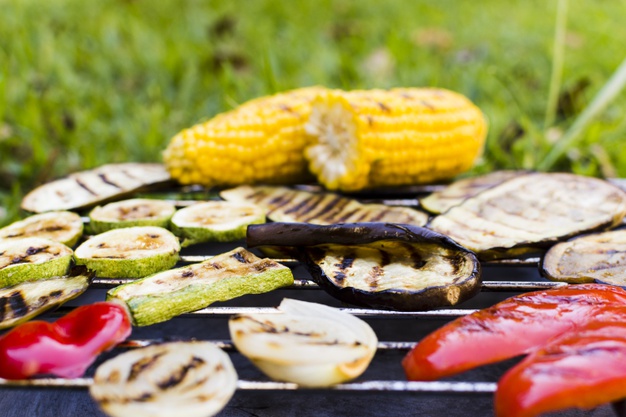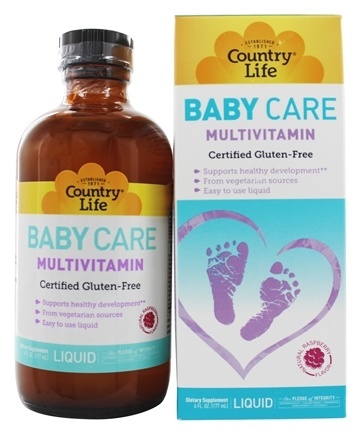Posted on
June 18, 2019 by
The VRG Blog Editor
By Lauren
Capano, Dietetic Intern, College of Saint Elizabeth
Sodium, specifically low-sodium foods and diets, is a
popular subject in health and wellness. You may have seen sodium mentioned
everywhere from the grocery aisles to restaurant menus to your doctor’s office.
What exactly is sodium, what makes a food low-sodium, and how much sodium
should you really be eating? The National Academies of Sciences, Engineering
and Medicine is a non-profit organization that provides expert advice to help
inform the public on pressing matters of science and medicine. This includes
publishing objective, high-quality nutrition advice. In 2019 they updated their
previous 2005 sodium and potassium recommendations, taking into account all of
the latest research on how these nutrients affect our health.
Sodium and potassium are two nutrients that are essential,
or necessary, for human health. The National Academies have looked at them
together because their functions are related, and they both have an effect on
blood pressure. Knowing this information is important because high blood
pressure is a risk factor for chronic disease, particularly cardiovascular
disease. The National Academies 2019 recommendations for sodium and potassium
intake are intended to promote health and reduce chronic disease risk in the
healthy, adult population.
The new recommended sodium intake for healthy adults aged
19-50 is the same as it was in 2005. The recommendations for adults age 51 and
older have been increased to match that of the younger
adult population. The National Academies report that 1,500 milligrams per day
is adequate. We need sodium to balance the fluid in our bodies, send nerve
signals, and help with muscle contraction. The Dietary Guidelines for Americans
recommends that adults limit their sodium intake to below 2,300 milligrams per
day. The National Academies recommends that if you are eating more than that
amount every day, that you should try to decrease your intake. This will help
to lessen your risk for chronic diseases such as cardiovascular disease.
However, many US
adults are eating far more than that amount. Keep in mind that 1 teaspoon of
table salt provides 2,325 milligrams of sodium, which is your recommended
maximum amount. Sodium is found in very high amounts in processed foods such as
bread, pizza, cheese, soups, fast food, and prepared foods. Ready-made vegan
foods, such as frozen vegan entrees and canned soups, can have upwards of 1,000
milligrams of sodium in a serving. Even “sodium-conscious” brands tend to have
at least 600 milligrams of sodium per serving. Reducing your sodium intake will
require you to pay a little more attention to the nutrition labels on foods
that you purchase. Foods with less than 140 milligrams of sodium per serving
are considered low-sodium foods, and foods with more than 300 milligrams of
sodium per serving may be difficult to include on a low-sodium diet. Another
great way to lower your sodium intake is to try preparing meals at home with
whole, fresh ingredients. You can use herbs, spices, and citrus to add flavor
to your food instead of using a lot of salt while cooking, and then add
whatever salt you need at the table. The Vegetarian Resource Group has some
low-sodium menus you can check out for ideas and recipes here: https://www.vrg.org/journal/vj2005issue4/2005_issue4_lowsodium.php
The recommended potassium intakes have been lowered and are
now more applicable to the healthy adult population. The recommended intake was
originally established to prevent salt-sensitive rises in blood pressure in
specific populations, but it now reflects the needs of the general, healthy,
adult population. Adult females should
consume at least 2,600 milligrams per day and adult males should consume at
least 3,400 milligrams per day. There is no upper limit for potassium intake,
so it is safe to consume more than these amounts. We need potassium because,
much like sodium, it helps regulate our body fluids, muscle contractions, and
nerve signals. It also promotes bone density and helps to lower blood pressure.
High potassium foods such as potatoes, apricots, lentils, prunes, adzuki or
white beans, and tomatoes are just a few food choices that you can include in
your diet to get these benefits. Consuming a diet rich in a variety of fruits,
vegetables, and legumes will not only help you reach your potassium goals, it
will also provide you with other vitamins, minerals and fibers that promote
health.
Sodium and Potassium
Recommendations
| Age Group | Potassium
Adequate
Intake
Milligrams /day | Sodium
Adequate
Intake
Milligrams/ day | Sodium Intake to
Reduce Chronic
Disease Risk |
| Males |
|
|
|
|
19-70+
|
3,400
|
1,500
| Reduce intake if
above 2,300
milligrams |
| Females |
|
|
|
|
19-70+
|
2,600
|
1,500
| Reduce intake if
above 2,300
milligrams |
Pregnant
Females |
2,900
|
1,500
| Reduce intake if
above 2,300
milligrams |
| Lactating Females |
2,800
|
1,500
| Reduce intake if
above 2,300 milligrams |
Potassium Food Sources
| Food |
Portion
| Potassium (milligrams) |
| Apricots, dried |
½ cup
|
1,101
|
Potato, baked, flesh and
skin |
1 medium
|
941
|
| Lentils, cooked |
1 cup
|
731
|
| Prunes, dried |
1/2 cup
|
699
|
| Tomato paste, canned |
¼ cup
|
669
|
| Adzuki beans, cooked |
½ cup
|
612
|
| White beans, canned |
½ cup
|
595
|
| Tomato puree |
½ cup
|
549
|
Sweet potato, baked in
skin |
1 medium
|
542
|
| Banana |
1 medium
|
422
|
| Spinach, raw |
2 cups
|
334
|
| Broccoli, cooked |
½ cup
|
229
|
| Cashew nuts |
1 oz
|
187
|
| Black tea, brewed |
1 cup
|
88
|
Sources:
National Academies of Sciences, Engineering, and Medicine. Dietary Reference Intakes for Sodium and
Potassium. Washington, DC: The National Academies Press. 2019.
Heart Failure
Nutrition Therapy. Nutrition Care Manual. Academy of Nutrition
and Dietetics. Nutritioncaremanual.org. 2019.
Potassium. Fact sheet
for professionals. National institutes of Health. https://ods.od.nih.gov/factsheets/Potassium-HealthProfessional/#h2
2019.
U.S.
Department of Health and Human Services and U.S. Department of Agriculture.
2015 – 2020 Dietary Guidelines for Americans. 8th Edition. December 2015.
Sodium: How to tame
your salt habit. The Mayo Clinic. Mayoclinc.org. 2016. Accessed May 2019. https://www.mayoclinic.org/healthy-lifestyle/nutrition-and-healthy-eating/in-depth/sodium/art-20045479
The contents of this posting, our website, and our other
publications, including Vegetarian Journal, are not intended to provide
personal medical advice. Medical advice should be obtained from a qualified
health professional. We often depend on product and ingredient information from
company statements. It is impossible to be 100% sure about a statement, info
can change, people have different views, and mistakes can be made. Please use
your best judgment about whether a product is suitable for you. To be sure, do
further research or confirmation on your own.







